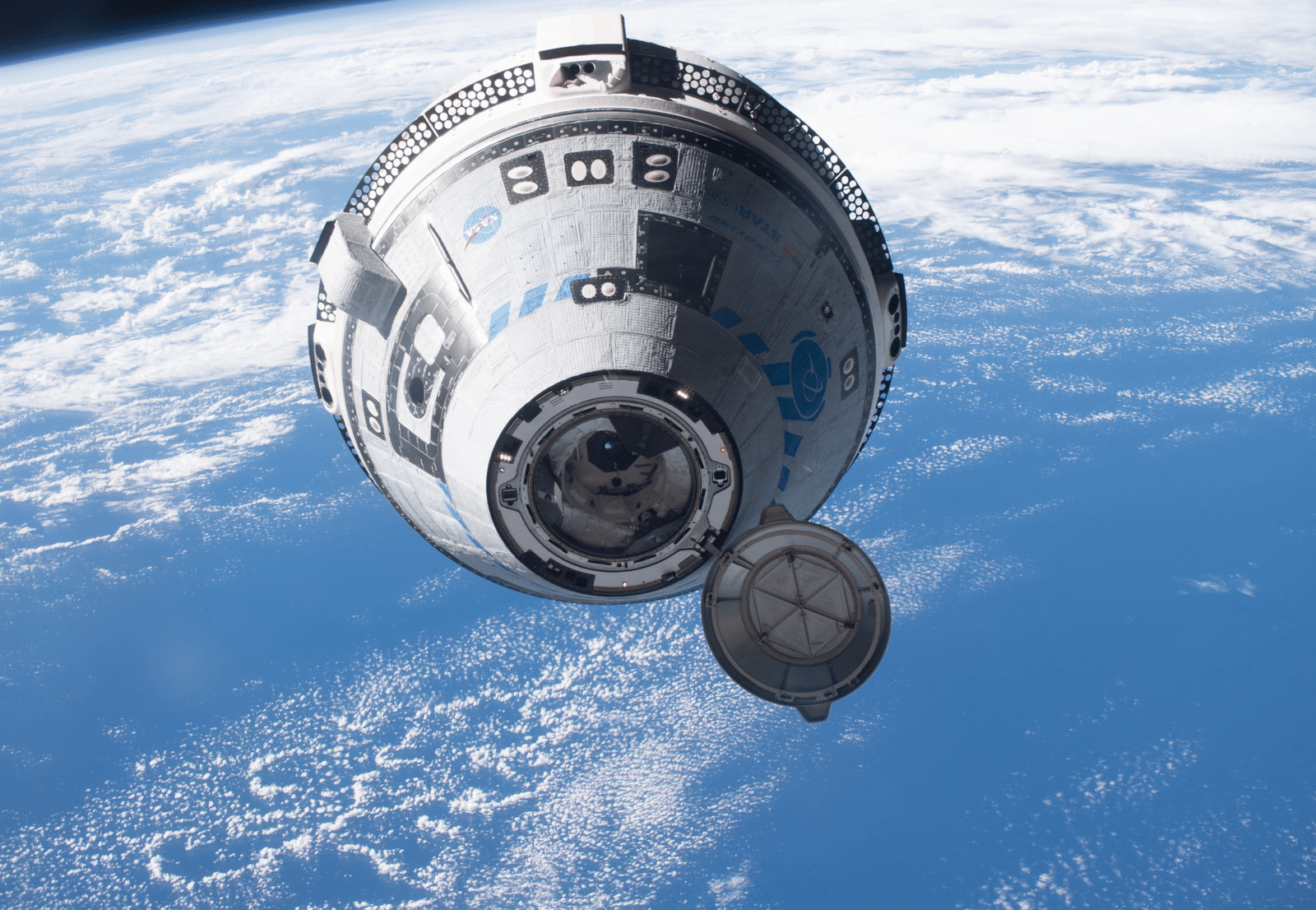
The Boeing Starliner spacecraft was meant to be a backup to SpaceX’s Crew Dragon, giving NASA a two-source solution for human spaceflight. Its first crewed flight ended instead as a cautionary tale, one that exposed the dangers of modern aerospace engineering, the complexities of spaceflight, and the harsh imperative of careful risk management.

From the very beginning, Starliner’s orbital flight was not smooth. Scrubs and last-minute delays kept everyone on their toes, as it is not an everyday affair to send humans into space. While the spacecraft approached the International Space Station, it already had a pre-existing helium leak—a minor portent of the trouble yet to come.

Five of the 28 RCS thrusters aboard the capsule failed on approach. Over time, efforts from ground-based engineers attempted to return four of them, but one was unavailable throughout the mission, creating huge reliability and readiness questions about Starliner.

These issues only worsened. Additional helium leaks were discovered after the capsule had been in orbit. Helium is employed to pressurize fuel systems that power thrusters, and any loss is felt in terms of maneuverability immediately. The engineers followed the problem to the thruster compartments, or “doghouses,” where repeated thermal cycling and long exposure to the vapors of the fuel flexed Teflon seals and destroyed fuel flow, again grounding the mission.

Once Starliner had docked safely, NASA found itself with a difficult decision to make. From a technical point of view, the capsule itself could well have served as an emergency return vehicle. But the risk associated with a routine crewed return was simply too high. The service module with its malfunctioning systems would burn up on re-entry, and there would be no way to inspect and diagnose subsequently. NASA opted for caution, safety of the crew, and returning Starliner to Earth without crew, emphasizing that they must have full knowledge of the failures of the spacecraft before risking lives.

The uncrewed re-entry was a success. Starliner undocked from the ISS, executed its de-orbit burn, and landed safely in White Sands, New Mexico, enduring the scorching heat of re-entry. Parachutes deployed automatically, airbags took the impact, and although the mission was worth it in data collection, the loss of the service module left many questions unanswered.

Astronauts Suni Williams and Butch Wilmore, initially bound for an extended stay, ended up staying on the ISS for months more than planned, up to eight months at a time. NASA asserted that they were never in danger. There were sufficient stores on hand to sustain them, and Starliner would have been left behind as an available return vehicle.

While they were there for their extended-than-planned visit, the astronauts conducted station support and tested Starliner, paving the way for a return flight on a probable Crew Dragon vehicle. Starliner’s issues have implications far greater than one flight.

Boeing has already invested over $1.5 billion in its NASA contract to bring the program up to speed, and these delays move its position in the crew rotation manifest further down the line. The mission also reflected NASA’s desire to have more than one human-rated vehicle. Redundancy ensures always having a way to go to space, even if a system is problematic.

Selecting Crew Dragon to bring back the astronauts reflected NASA’s desire and focus on safety. Today, Boeing and NASA engineers are examining the flight closely. Enhancing thermal models, improving thruster efficiency to improve it, and making seal material more robust are some of their assignments. Until these improvements are certified, Starliner will remain on the ground, with safety as its priority.

The future is unknown, but what one gets to experience on this journey is worth the trouble. Technically and operationally, they will get their voice heard in the making of Starliner and the direction of U.S. human spaceflight. There is little leeway for mistakes in space, and this mission is a harsh reminder of just how high-stakes this game is.
